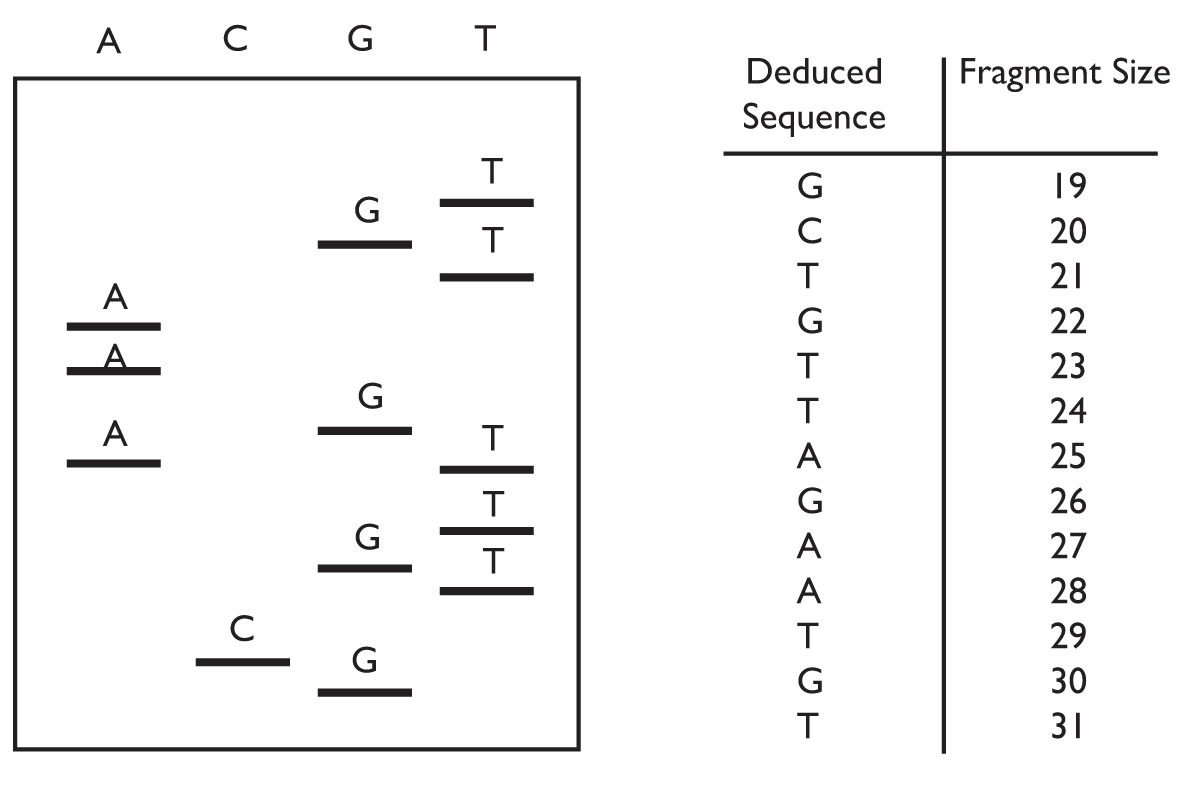Genetic Engineering
How is genetic engineering used to modify/edit genes?
Genetic engineering is the process of modifying an organism's DNA using biotechnology techniques. The most common methods include:
rDNA- multiple parts of DNA stitched together
Transformation- Introducing foreign DNA into a bacterial cell
Transfection- Introducing foreign DNA into a eukaryotic cell
Transduction- Using a virus as a vector
CRISPR!1!1!11!
These methods allow scientists to insert, delete, or alter specific genes within an organism's genome.
2) What is the purpose of gene therapy? What vectors/vehicles are used to carry the edited genes?
Gene therapy is the use of genetic engineering techniques to treat or cure diseases caused by genetic mutations. The edited genes are delivered to the patient's cells using vectors, such as viral vectors or non-viral vectors. Viral vectors include adenoviruses, lentiviruses, and retroviruses, while non-viral vectors include liposomes, nanoparticles, and electroporation. The purpose of using these vectors is to carry the edited genes to the target cells where they can integrate into the genome and correct the genetic defect.
How is bioinformatics used in biotechnology?
Bioinformatics is the use of computational tools and algorithms to analyze and interpret biological data. In biotechnology, bioinformatics is used to study the genome, proteome, and metabolome of organisms. It helps scientists to identify genes, predict protein structures, and design new drugs or therapies. Bioinformatics also plays a vital role in analyzing DNA sequencing data.
Explain how DNA sequencing is performed. Be able to read the synthesized and template DNA sequence.
We use the sanger method where DNA is replicated using polymerase and ddNTPs. After DNA is replicated we separate them using gel electrophoresis. The bottom of the gel is the 5’ end and read from bottom to top. From this sequence, we can figure out the original DNA.

5) Explain how CRISPR/Cas9 is used to edit genes. Know the steps. Be able to explain the possibilities and issues.
CRISPR targets specific DNA sequences with precision; however, it can cause “off-target-effects” where there are issues around the edited sequence
There are two steps to CRISPR!1!!1!11!
Cutting:
The Cas9 enzyme is a bacterial endonuclease that splices DNA at a specific point
The sgRNA is the guide RNA that is customized for the target (it also contains CRISPR RNA crRNA)
The sgRNA also has a scafold that fits into the Cas9 protein and helps give structure
Repairing:
Cells repair using homology directed repair (HDR) where enzymes use donor DNA to fix itself. This creates a complementary DNA strand.
Differentiate between a function and nonfunction LacZ gene.
LacZ codes for the enzyme B-gal that breaks down X-gal into a blue product
If the gene is functional, then the enzyme is made and we should get blue
If the gene is non-functional, then we don’t get the enzyme and we get white
7) What was the purpose of the CaCl and the heat shock
CaCl changes the charge on the bacteria membrane in order for it to take up DNA
The heat/cold shock creates pores that allow DNA to enter
Vocabulary:
Genetic engineering: A technique that involves the manipulation of an organism's DNA to introduce or remove specific genes and create desired traits.
rDNA: Recombinant DNA is a molecule that has been artificially created by combining genetic material from different sources.
Transformation: The process of introducing foreign DNA into a bacterial cell by making it competent to take up DNA from the surrounding environment.
Transfection: The process of introducing foreign DNA into a eukaryotic cell by using a chemical agent or an electric field to create temporary pores in the cell membrane.
Transduction: The process of introducing foreign DNA into a bacterial cell using a virus as a vector to transfer the genetic material.
Gene therapy: A therapeutic approach that involves the use of genetic engineering techniques to correct genetic disorders by replacing, removing, or adding genes to a patient's cells.
Bioinformatics: The application of computer science and statistical methods to analyze and interpret biological data.
Gene sequencing: The process of determining the order of nucleotides in a DNA molecule.
Human Genome Project: A collaborative scientific project that aimed to sequence and map the entire human genome.
Genome: The complete set of genetic material (DNA) present in an organism.
Sanger Method: A DNA sequencing method that involves the use of ddNTPs to terminate DNA synthesis, creating a series of fragments that can be read to determine the nucleotide sequence of the original DNA template.
Gene editing: The process of making precise changes to an organism's DNA sequence using molecular tools, such as CRISPR/Cas9.
Cas9: A bacterial enzyme that can cut DNA at specific target sequences.
Guide RNA: A small RNA molecule that guides the Cas9 enzyme to the target DNA sequence.
Donor DNA: A DNA molecule used to introduce new genetic material into an organism.
CRISPR: Clustered Regularly Interspaced Short Palindromic Repeats - a genetic system found in bacteria that has been adapted for use as a gene editing tool.
Off-target effects: The unintended cutting of DNA at sites other than the intended target site, leading to potential adverse effects.
GMO: Genetically Modified Organism - an organism whose DNA has been artificially altered using genetic engineering techniques.
Homology-directed repair: A DNA repair mechanism that uses a donor DNA molecule to repair a double-stranded DNA break by copying the missing sequence from the donor DNA.
PCR: Polymerase Chain Reaction - a laboratory technique used to amplify DNA sequences.
Gel electrophoresis: A laboratory technique used to separate DNA fragments based on size and charge by running them through a gel matrix.
Primers: Short DNA molecules that serve as a starting point for DNA synthesis in PCR and other molecular biology techniques.
Amplicon: A piece of DNA that has been amplified using PCR.
 Knowt
Knowt